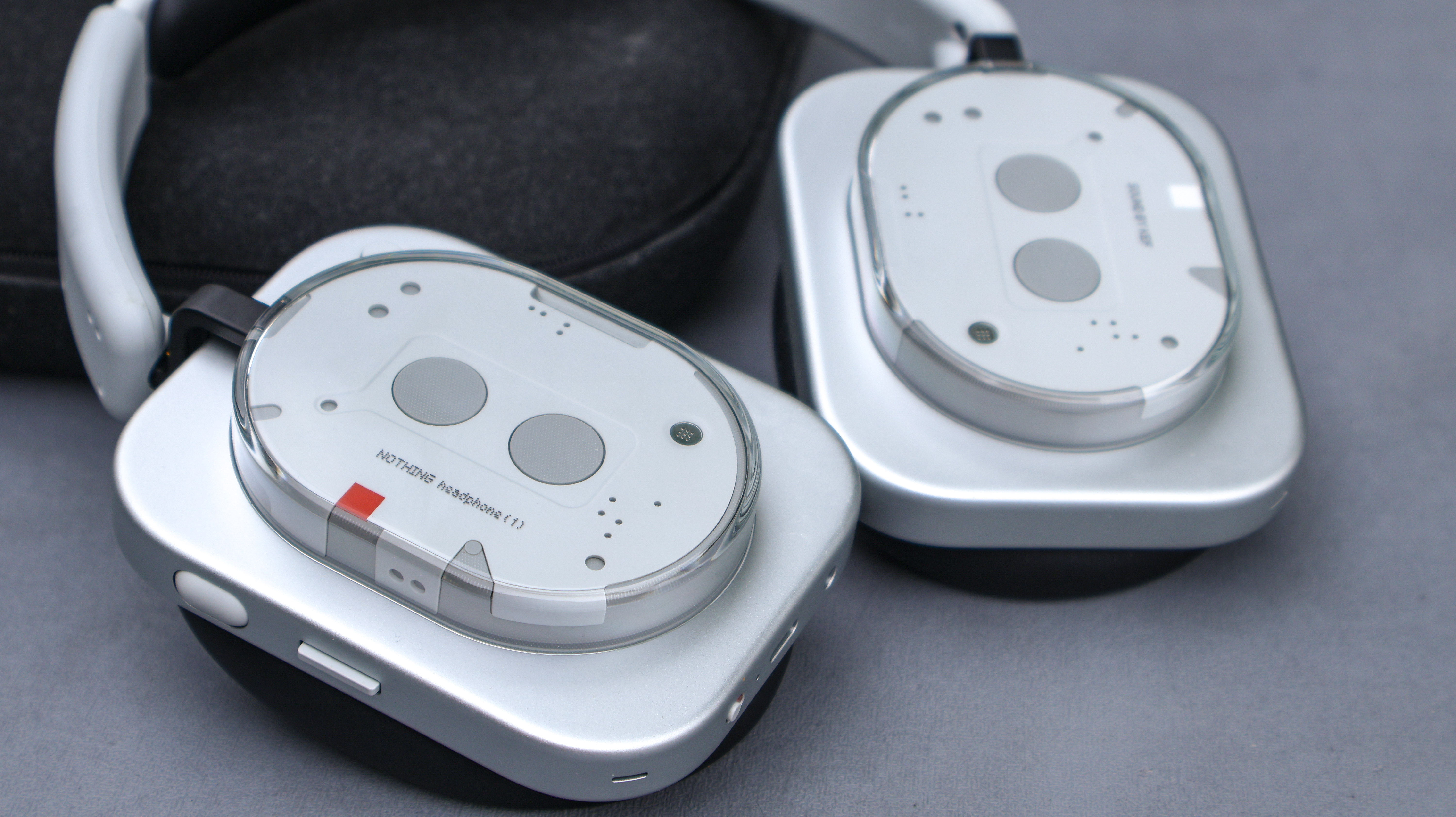What is hi-res audio? Everything you need to know
Can hi-res audio really improve the connection you feel to music and is a hi-res streaming subscription really worth it?

There's plenty of confusion concerning standard- and high-resolution (or hi-res) audio formats, but it's well worth knowing the difference. That's because the audio quality of the music you listen to can have a huge impact on your listening experience, and could affect your choice of which streaming service to use.
If you're bothered about wearing the best-sounding headphones or owning a great set of hi-fi speakers, you owe it to yourself to experience your favorite music in hi-res. Read on to find out why the quality of your streamed audio really matters — and what all the various terms actually mean.
Hi-res audio explained
What is high resolution in terms of audio? Simply put, it's anything that is better than CD. For a longer definition, the Digital Entertainment Group, Consumer Electronics Association and The Recording Academy, together with record labels, describes it as “lossless audio that is capable of reproducing the full range of sound from recordings that have been mastered from better than CD quality music sources."
CD-quality is specified at 16-bit/44.1kHz and a high-resolution audio file has a greater bit depth (usually up to 24-bit) and a higher sampling frequency (typically up to 96kHz or 192kHz). The more information (or greater resolution) in an audio file, the better the sound quality output will be when streamed through compatible hi-fi equipment.
Quality matters

With so much great music content at our fingertips, choosing a music streaming service is often more a question of how easy an app is to use or how well integrated the service is with your wireless speakers or streaming component. And for some music listeners, sound quality has taken a bit of a back seat.
Plenty of music fans wonder whether listening to high-resolution audio is really worth it. But for those passionate about hearing their favorite tunes through the best headphones or traditional hi-fi separates systems on full-range speakers, anything less than the highest-quality digital music file can seem disrespectful to the artist(s) as well as the art of the recording and production processes.
To audiophiles, being able to hear every nuanced element within a recording in the very best quality available is paramount to the overall musical experience and level of enjoyment. In the same way that watching HDR, 4K or 8K content on one of the best TVs can deliver a far more involving and immersive viewing experience over standard definition video, listening to music in hi-res brings the listener closer to their favorite bands, and often brings about a greater feeling of connection to an artist and their output.
Get instant access to breaking news, the hottest reviews, great deals and helpful tips.
Is streaming better than CD?
When Spotify launched its streaming service in 2006, not everyone was happy with its lower-than-CD-quality output — its data streams max out at 320kbps, which is around a quarter of that of CD specified at 1,411kbps.
While these smaller file sizes enabled music streaming to get off the ground and was less troublesome for bandwidth-limited network infrastructures at the time, fans of quality audio were less than satisfied.
Spotting an opportunity and a move away from music file downloads, lossless services from Qobuz (2007) and then Tidal (2015) arrived, offering CD-quality streams and higher to meet audiophile demand.
Today, Apple Music and Amazon Music also offer lossless and hi-res streaming services but despite its longevity — and its position as one of the most popular music streaming providers — Spotify currently has no better sound quality option on offer.
For reasons best known to itself, Amazon refers to lossless CD-quality content as HD and calls anything better Ultra HD.
High-resolution specs
In terms of looking out for high-resolution streams from your music service and making sure you're getting the very best sound quality, you want to pay attention to the file's bitrate. The more bits that are specified, the greater the level of information contained in the audio signal and the bigger quality jump you'll get in your music when played on compatible equipment. Also, the higher the frequency, the more times per second the audio signal is being sampled.
Typically a 24-bit/192kHz high-resolution audio file is transferred at a rate of 9,216kbps, which is around six times greater than CD.
Audio file formats defined
- WAV (Waveform Audio File): An uncompressed lossless file format that CDs are encoded in.
- AIFF (Audio Interchange File Format): Apple's uncompressed lossless alternative to WAV.
- FLAC (Free Lossless Audio Codec): Popular hi-res lossless audio format for music downloads and storage. Not supported by Apple.
- ALAC (Apple Lossless Audio Codec): Apple's own hi-res lossless audio format compatible with iOS and Apple Music.
- DSD (Direct Stream Digital): The hi-res lossless format first used be Super-Audio CDs (SACD).
- MQA (Master Quality Authenticated): A lossless format that uses a sophisticated compression packaging process to pack and unpack large audio files to enable efficient data stream transfers. The format is used by Tidal on its hi-res Masters.

Lee was Tom's Guide's audio editor, where he covered all things audio for Tom's Guide, including headphones, wireless speakers and soundbars and loves to connect and share the mindfulness benefits that listening to music in the very best quality can bring. As a former editor of the U.K.'s Hi-Fi Choice magazine, Lee is passionate about all kinds of audio tech and has been providing sound advice to enable consumers to make informed buying decisions since he joined Which? magazine as a product tester in the 1990s. Lee has joined the passionate audio experts at audiograde.uk where he writes about luxury audio and Hi-Fi.
